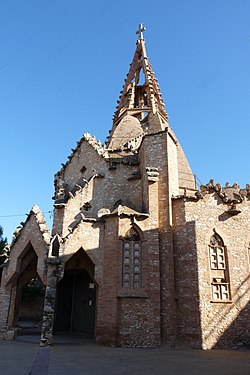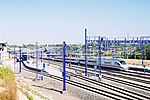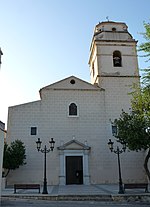Vilallonga del Camp
Municipalities in TarragonèsPopulated places in Tarragonès

Vilallonga del Camp is a municipality in the Province of Tarragona, Catalonia, Spain. According to 2009 its population was 1,889 inhabitants. Vilallonga del Camp is the only village within the municipality. It is located north of the provincial capital of Tarragona, roughly 12 miles from the coast. It lies along the A-27 road, north of El Morell and La Pobla de Mafumet, near El Rourell, just to the northeast. Heavily surrounded by fields full of crops, the municipality's main economic activity is agriculture; mainly hazelnuts, grapes, almonds, olive and carob trees.
Excerpt from the Wikipedia article Vilallonga del Camp (License: CC BY-SA 3.0, Authors, Images).Vilallonga del Camp
TV-7223,
Geographical coordinates (GPS) Address Nearby Places Show on map
Geographical coordinates (GPS)
| Latitude | Longitude |
|---|---|
| N 41.208 ° | E 1.207 ° |
Address
TV-7223
43141
Catalonia, Spain
Open on Google Maps








